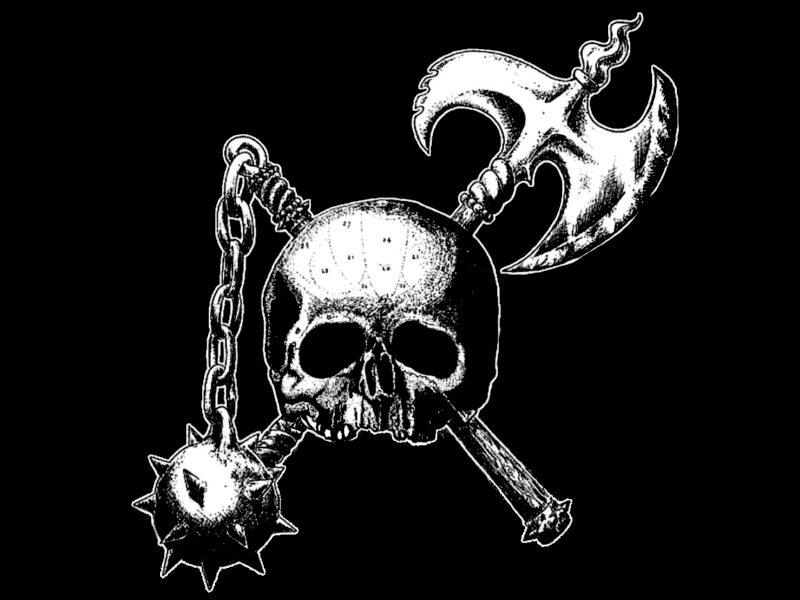

From left: Michael Amott, Jeff Walker, Ken Owen, Bill Steer. Reviewers gushed about their 1991 release being “exceptional … the torch-bearers to carry extreme metal to the masses.”Ĭarcass circa 1992. Carcass was soon headlining the official pre-show party on the night before every Metallica show in the US. Earache Records started booking bigger venues and getting the band on stellar lineups 1989′s Grindcrusher Tour had the band supporting Napalm Death, and crowds grew from the low hundreds to the low thousands. The international touring infrastructure was already there, set up in the ’70s by pioneers Black Sabbath and Judas Priest, forged into a commercial machine in the ’80s by the likes of Metallica, Anthrax and Slayer. It was a good time to be in rock n’ roll. The results were better critical reception, and albums that discreetly crept onto the UK Indie Chart. But the band patiently honed their craft over the next two albums. Early demos were hurriedly put together into the 1988 debut album Reek of Putrefaction, drawing little attention at the time. I remember Middlesbrough Town Hall being three-quarters empty.” The band were lucky enough to be located near Earache Records in Nottingham, a newly founded label that focused exclusively on extreme metal. The early period was blurry and characterised by staccato success and failure, according to vocalist Jeff Walker: “None of the shows were sold out or anything. But Carcass were to have a hefty dose of good fortune: the band’s tenure happened to fall squarely in a golden age for heavy metal. Guitarist Bill Steer formed several school bands in his teen years that eventually coalesced around a group of three guys, with a mutual interest in riffs and medically accurate lyrics. Pioneers of the death metal genre, Carcass had modest beginnings in rural Nottinghamshire in the ’80s. For an account of these, you could do a lot worse than the life of a heavy metal musician, and for that we turn to the band Carcass. But what is potentially harmful about this narrative is that it glosses over the less sanitized realities of being an artist, particularly an artist in the twenty-first century. Artists, we like to think, are separate from the world-they are eccentrics who operate at the margins of society they don’t have the same needs as the rest of us. This idea does seem to justify something of the ethereal mystery we ascribe to the creative process. Some artists began to see art as their vocation-literally, a divine calling from God, from the Latin vocare. Thanks in part to figures like Titian and Michaelangelo, this cultural narrative began to change in the sixteenth century.

No special place in the public imagination was afforded to you. But up until the Renaissance being an artist was much like being a cobbler or carpenter-if you ended up as a painter or musician, it was because your family was in the business. It has something to do with sacrificing material pleasure in a pursuit of a vision, answering a call to a higher authority, and perhaps even starving, both literally and in the sense of being spiritually hungry. The archetypal story of the artist is deeply embedded in culture. Nair/Unsplash) From obscurity to fame, and back again


 0 kommentar(er)
0 kommentar(er)
